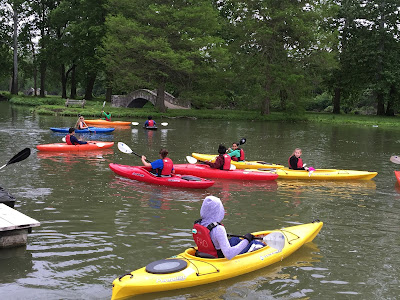Dilo Daze
By Joseph Fether
She was a Dilophosaurus, longer,
taller, and heavier than one normally thinks. She knew quite well her
dimensions, as she was living in them. She didn’t know her surrounding, though.
Waking from a long sleep the environment changed. The thick humid forest she
knew was turned into a long sandy beach. She stood, only to realize she was
still dazed with some new injuries. She thought nothing much of it, not
remembering the fight she had stumbled into before being knocked unconscious.
As she walked along the beach the sore muscles began to loosen up and
eventually return to full strength. Hungry and confused, she quickened her pace
to find food. She noticed the rotting corpse of a larger dino’s prey. She knew
it wouldn’t be much, but it might just last her until her next meal. She had to
scavenge. She didn’t have a pack to hunt with, and lacked features to take on
equal sized prey on her own.
Having eaten the corpse, now
simply a pile of bone with little flesh attached, she moved on. Still hungry
she continued to look for more meaty prey. She knew that if she was to satisfy
her hunger she would need to hunt and kill something living. Something relatively
large, but a complete small creature would do. She jogged along, trying to
conserve energy but still be quick. Up ahead she saw something coming out of
the foliage. She went into the bushes and stopped as to not be seen. Examining it
for a bit, she realized it was a heterodontosaurus. It was small enough to hunt individually and
would prove to be not much of a challenge. Sneaking up to it, she prepared to
sprint in for the kill, only to be surprised by another dilophosaurus with
similar intentions. Seeing the other miss, she intercepted the heterodontosaurus fleeing
in her direction.
Fresh meat tasted good to her, having barely
eaten. The other dilo walked up, seeming to also be recovering from a similar
confusion and hunger that she woke up with. She began to think that this dilo
might have been a part of her pack, injured from the same event, and decided to
stick around the other dilo to hunt with. Instinctively she though, “Strength
in numbers.” It made sense. One must be very skilled and strong to take down
two or more creatures of similar size. Being a part of that two or more seemed
like a fruitful idea. The two of them continued to hunt until their hunger was
satisfied, but still lingered the confusion of having the environment they once
knew being lost. Exploring more inland, temperatures rose. The trees created a
barrier for the moist air, and the moisture held in the heat. They felt more
natural in this environment, more at home. They made noises to each other, as
if engaging in conversation, and signaled when something was near.













